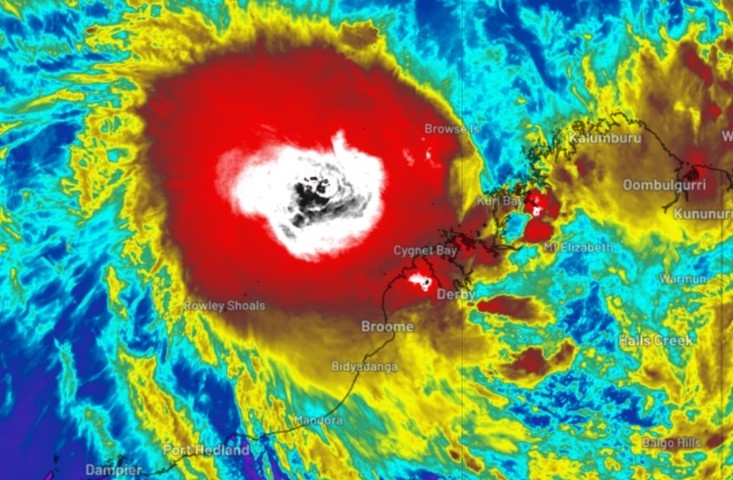Mozambique Struggles to Recover from Tropical Storm Filipo
Tropical Storm Filipo wreaked havoc on Mozambique once
again, leaving hundreds of thousands in dire need of assistance. Inhambane
province, particularly the town of Inhassoro, bore the brunt of the storm's
fury as it tore through with sustained winds reaching up to 116 km/h, claiming
at least four lives and causing extensive damage to homes and infrastructure.
The looming threat of flooding now haunts the provinces of
Inhambane, Gaza, and Sofala. Mozambique's susceptibility to such disasters
stems from its extensive Indian Ocean coastline and its position downstream of
nine major river basins, making it one of Africa's most vulnerable nations to
climate change.
Scientists attribute the intensified rainfall during
cyclones and the exacerbation of coastal flooding to global warming and rising
sea levels, respectively. The frequency of such storms during this period has
increased, compounding the devastation with each successive event.
In the aftermath of Filipo, survivors are left grappling
with destroyed crops, resorting to foraging wild roots for sustenance. However,
amidst the chaos, initiatives to bolster Mozambique's resilience to climate
change have emerged, offering a glimmer of hope amidst the adversity.
As Mozambique struggles to recover, the urgent call for aid
echoes across the region, emphasizing the pressing need for international
support and proactive measures to mitigate the impacts of future calamities.










.jpg)